Learning how to plan a garden is a simple exercise that can save you money and ensure that you have an ample harvest of vegetables, herbs, and flowers at the end of the season.
One of the most pleasant things to do when the snow is 3 or 4 feet deep, is sitting by the fire with a cup of herbal tea and a pile of seed catalogs, planning the summer garden. But I know it can also be overwhelming if you are new to gardening. So I wanted to take a few minutes to simplify the process for you and help you get your garden dreaming transformed into garden reality, by showing you how to plan a garden that will feed your family for months.
Grab your seed catalogs
First you’ll need to have your garden catalogs in hand. If you haven’t already received them in the mail you might need to ask for them. Most seed companies ship out their catalogs by January first. Many companies will send you a catalog free for the asking. Or you can order a couple seed packages and ask them to include a free catalog with your order.
Here’s a few to check out in both the USA and Canada:
They ship to the US and Canada, plus a few international destinations. Their seeds are open pollinated so you can safely save the seeds and keep them going for years from one seed purchase. They are located in the USA.
This is a Canadian seed company that only ships within Canada. They have taken the safe seed pledge. I’ve had good germination from their seed. Their seed prices are fair and reasonable. They have a good variety of open pollinated and hybrid selections for short season growing.
This is another Canadian seed company that has taken the safe seed pledge. They sell both open pollinated and hybrid seeds with a variety of vegetables, herbs, and flowers. They do ship to the USA. There pricing is a little higher than some of the others, but they have unique shorter season varieties, better suited to cooler summers. Their catalog is educational and very helpful to new gardeners.
Johnny’s is an American seed company that also ships to Canada. Johnny’s has taken the safe seed pledge. They have a good selection of heirloom and open pollinated vegetables, herbs, and flowers. They have a good selection of medicinal herbs.
Richter’s is an Ontario, Canada company that ships internationally. They have the best selection of medicinal and culinary herbs in North America. They carry many varieties of herbs that are the winners in plant breeding programs around the world. They sell both seeds and plants.
I’ve ordered from each of these companies and found them to have quality seeds with good germination and reliable information.
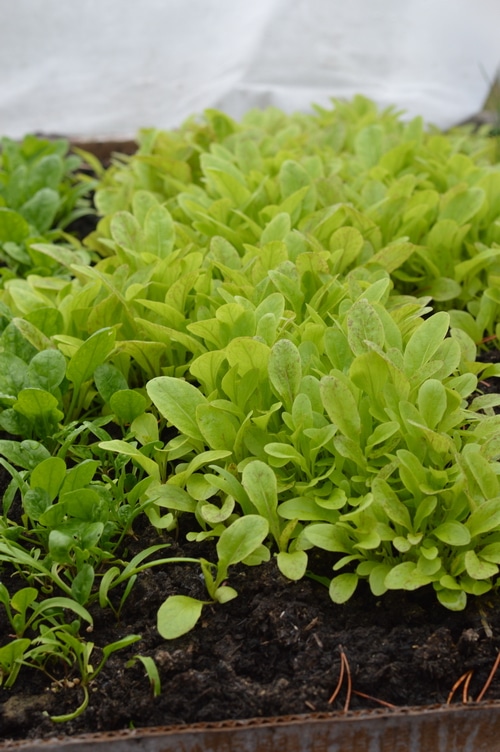
Garden dreaming
Once you have your catalogs home, you can begin dreaming. Many beginner gardeners over estimate the amount of seed they need for their first garden. A good rule of thumb is to write down the vegetables that your family actually eats. Don’t try the exotic ones in your first year. Radishes, carrots, lettuce, and beets are easy to grow even in short season areas.
Check out this post for a list of easy to grow vegetables that you can harvest in 60 to 90 days from planting. If you are limited to a container garden this year, this post will help you.select the best vegetables to start with.
How many frost free days?
Figure out how many growing days you have between your last frost date in spring and your first frost date in fall.
Write that number down in your gardening journal. You’ll need to find varieties whose days to maturity are no longer than that number.
In my zone 3 garden my last frost day is June 10th and my first frost day is September 1. This gives me around 80 frost free days. I need to chose varieties of warmer season vegetables like squash or beans that can mature in just 80 to 90 days, even if I plan to use a row cover at the beginning of the season or to begin my plants indoors a month early.
When you read the seed catalogs each vegetable entry will give you certain information such as
- How many days to maturity
- Whether it is open pollinated or hybrid. (Hybrids will be labeled F1 or F2)
- Number of seeds per packet or gram
Use this information to figure out if the seed will mature for you, within the number of frost free days in your growing season, and how many seeds you need to purchase for your needs.
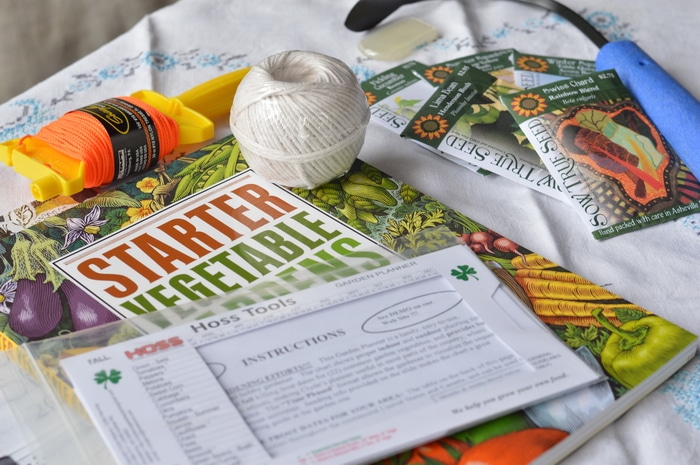
How much seed to buy
Generally for open pollinated seed, one packet will be enough for a small garden for one season. With more expensive hybrid seed you may need different math to figure out how many packets of seed to buy. The catalog should give you some help.
Keep a garden notebook
Keeping a garden journal or notebook can help you figure out how many seeds to buy, and even where you will plant them so that you don’t over spend on quality seed. If you keep a record you can refer to it next year so that you know if your estimates worked for you.
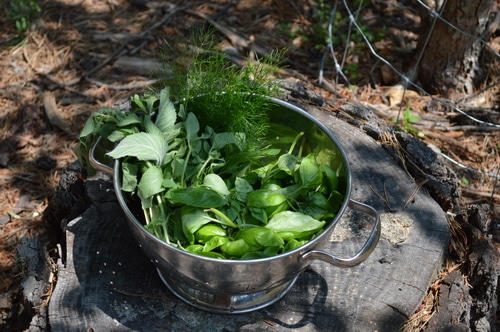
Planning for medicinal and culinary herbs
It’s important for the success of your organic garden to interplant medicinal and/or culinary herbs amount the vegetables. You only need a few plants to make a big difference. For instance a few dill plants amoung the broccoli, cabbage, and cauliflower will foil the cabbage butterfly by attracting predatory wasps (these don’t bother humans only caterpillars.) Herbs help to keep your organic garden pest free while providing flavor to your cooking and health to you.
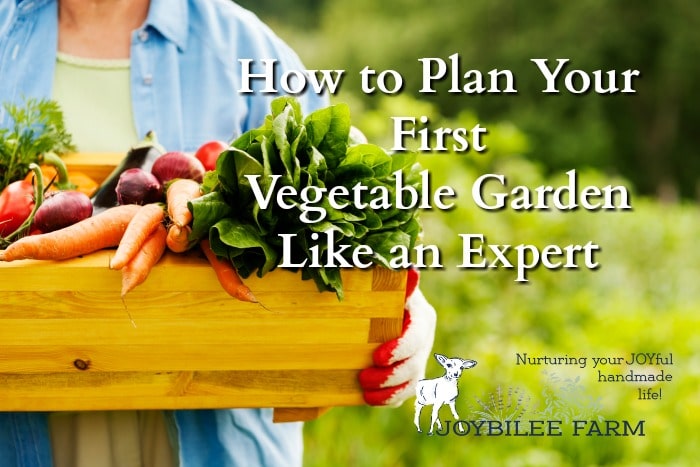
Add edible and herbal flowers
Flowers serve a deeper purpose in your garden than just beauty. Flowers attract pollinators who will pollinate your vegetables. Some, like marigolds, may also protect your plants from insect pests. You only need a few specimens between the vegetable rows to make a big difference.
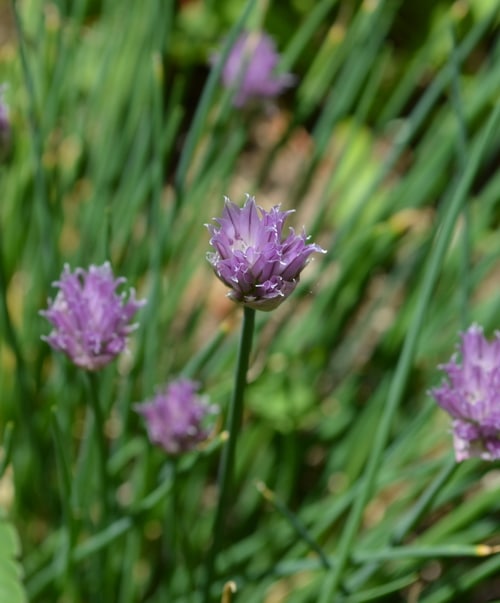
Edible flowers can also add color, texture, and flavor to your salads, spring rolls, sandwiches, and stir fries. So don’t over look the flower section of the seed catalog as you plan your garden.
Once you’ve gone through these 5 simple steps for how to plan a garden you’re ready to draw a garden plan to see where you will put each vegetable type before you order, so you don’t order more seeds than you need. But that’s for another post.


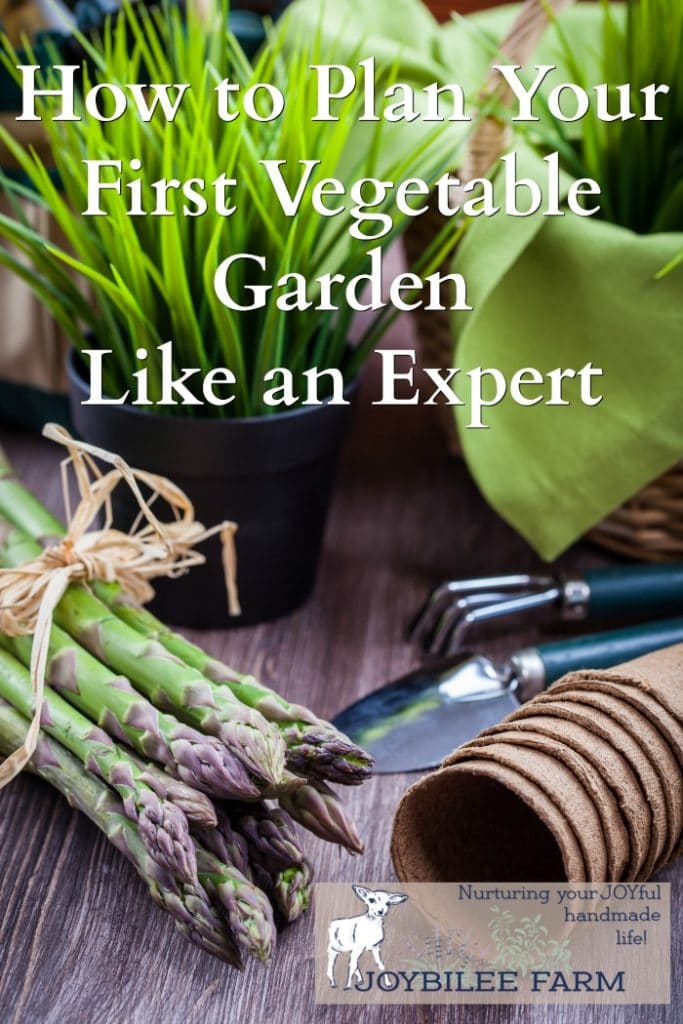

Leave a Reply